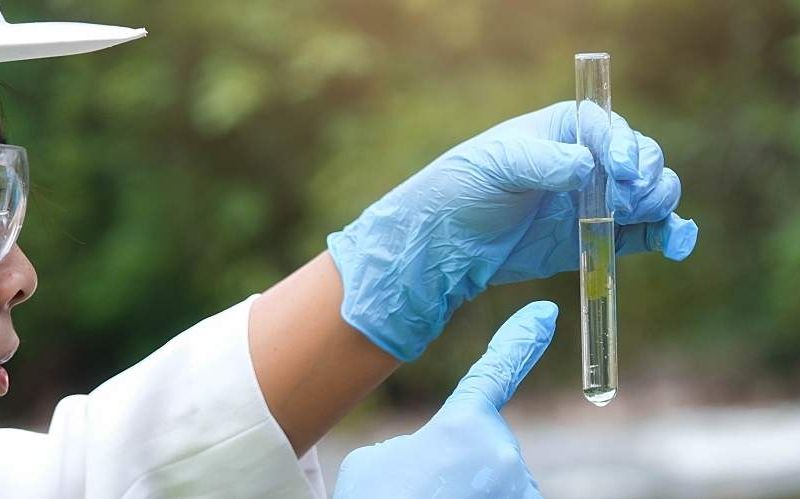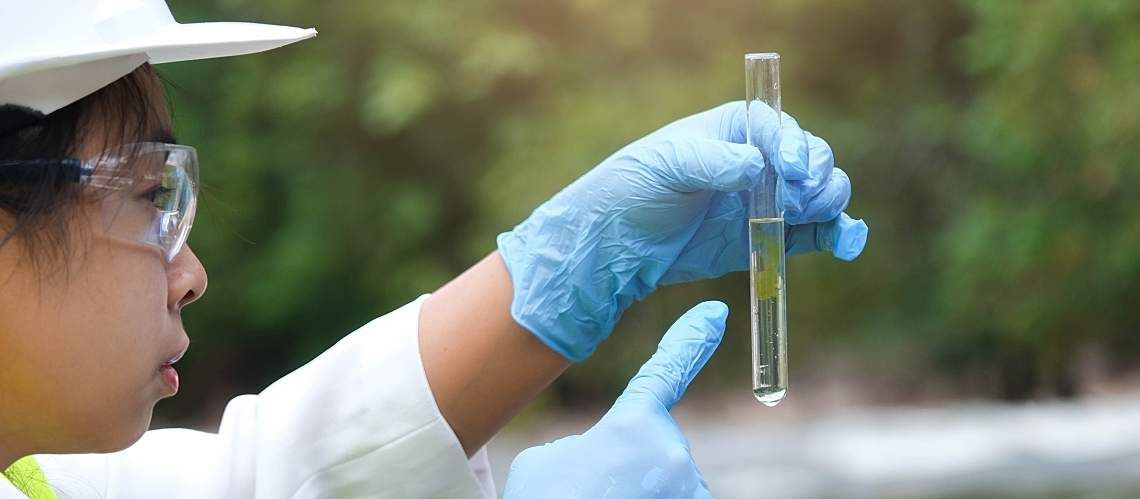River Water Quality Worldwide Suffers From Extreme Weather Events


Extreme weather events due to the changing climate make managing river water quality and quantity tougher than ever. But precisely how water quality responds to recurring and severe weather extremes—and why—is not well understood, according to the Intergovernmental Panel on Climate Change (IPCC). To provide insight, an international group of scientists analyzed previous work on water quality in rivers. Their recent study in Nature showed that during events like droughts and floods, and decades of warming, river water quality tends to deteriorate.
Here's a look at escalating weather extremes, the water quality impacts of these events, and the driving forces behind fluctuations.
Escalating Extreme Weather Events
Climate change is increasing the frequency and intensity of extreme weather—including heatwaves, rainstorms, wildfires, and hurricanes. These events aren't simply bad weather. They lead to crop failure, infrastructure damage, humanitarian crises, and conflict.
The primary cause of these risks is the rising temperature due to increased greenhouse gases, according to the IPCC's Sixth Assessment Report released in 2021. The Environmental Protection Agency's summary of climate change indicators includes temperature and precipitation, and a look at how they contribute to extreme weather events.

To learn how extreme weather events are changing over time, scientists use a combination of climate models (simulations) and observations from every corner of the planet plus space. They investigate historical records and climate models to see if the number or strength of extreme weather events is changing. The results confirm an increase in both frequency and severity.
Deteriorating River Water Quality
In the Nature study, the researchers looked at 965 cases of river water quality changes during extreme weather events and long-term climate change. Factors evaluated included water temperature, dissolved oxygen, salinity, and concentration of nutrients, metals, microorganisms, pharmaceuticals, and plastics.
The scientists determined that river water quality tends to deteriorate during droughts and heatwaves (68%), rainstorms and floods (51%), and long-term climate change (56%).
- Droughts and heatwaves: During droughts, less water is available to dilute contaminants. The result is lower dissolved oxygen but increased river temperature, algae, salinity, and concentration of pollutants. Low flow also means runoff from agriculture and urban areas carries a decreased load of contaminants, lowering their concentrations.
- Rainstorms and floods: In contrast, high flow might dilute concentrations of salts and other dissolved pollutants. But surface water runoff typically increases contaminants, including plastics, suspended solids, absorbed metals, and nutrients. Responses may be mixed if heavy rains result in more water—but also more pollutant transport.
- Long-term climate change: Over decades, higher global temperatures can increase water temperatures and encourage algal growth, decreasing dissolved oxygen that fish and other aquatic organisms need to survive. The concentration of nutrients and pharmaceuticals also tends to increase under climate change.
Contributing Factors to Declining River Water Quality
Complex interactions between climate, land use, and human drivers greatly influence the sources and transport of pollutants. For example, agricultural land use contributes 78% of global nutrient pollution in oceans and freshwater. And sanitary sewer overflows from wastewater treatment facilities release bacteria and nutrients harmful to humans and the environment.
Most water quality research is currently done in rivers and streams in North America and Europe. The researchers called for increasing data collection and studies in rivers in Africa and Asia to better understand changes and underlying mechanisms for worsening water quality there. With a more comprehensive view, robust water quality management strategies—including water quality monitoring and testing—can be developed to protect access to clean water and ensure ecosystem health in the face of climate change and increasing weather extremes.






